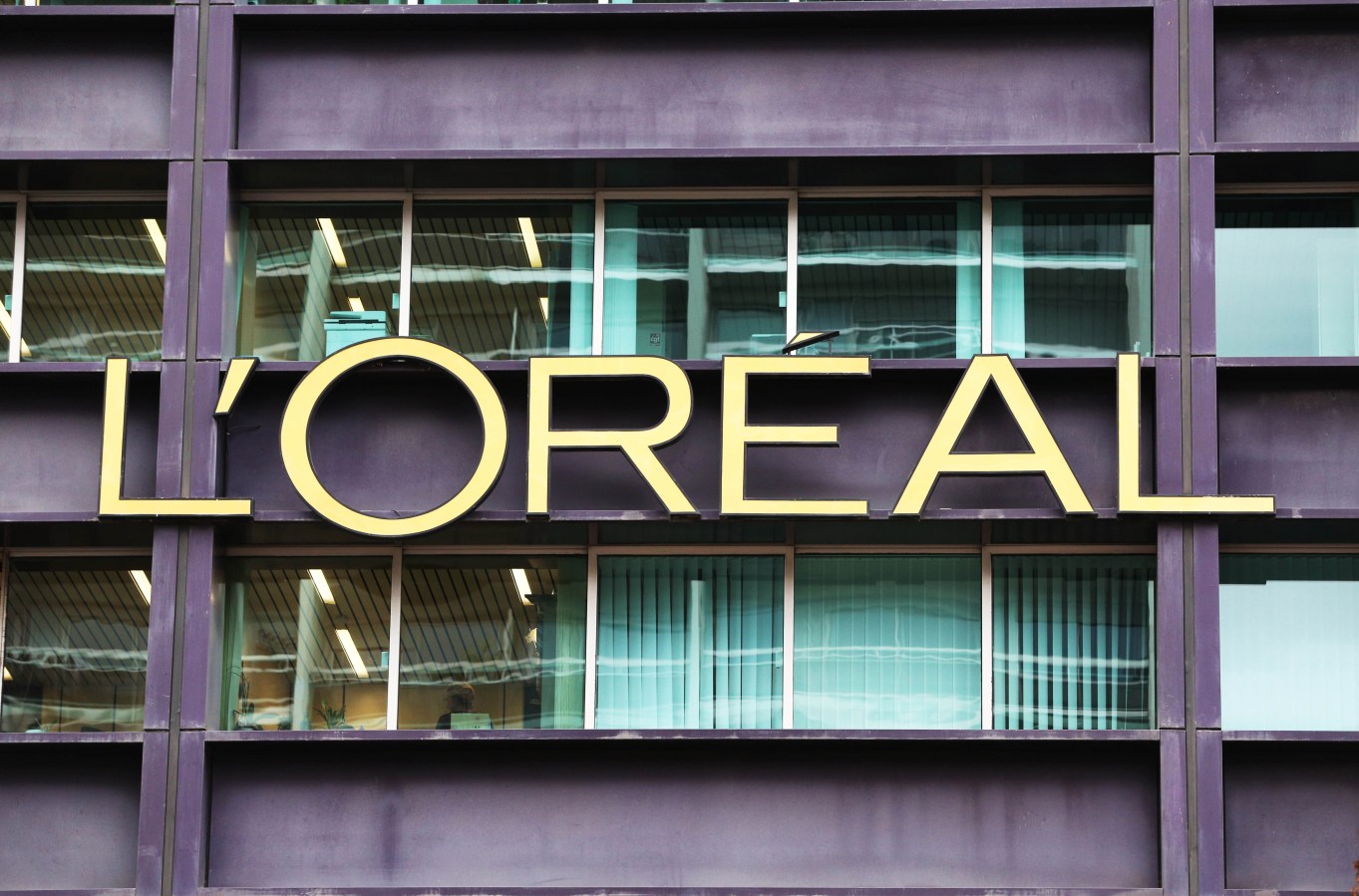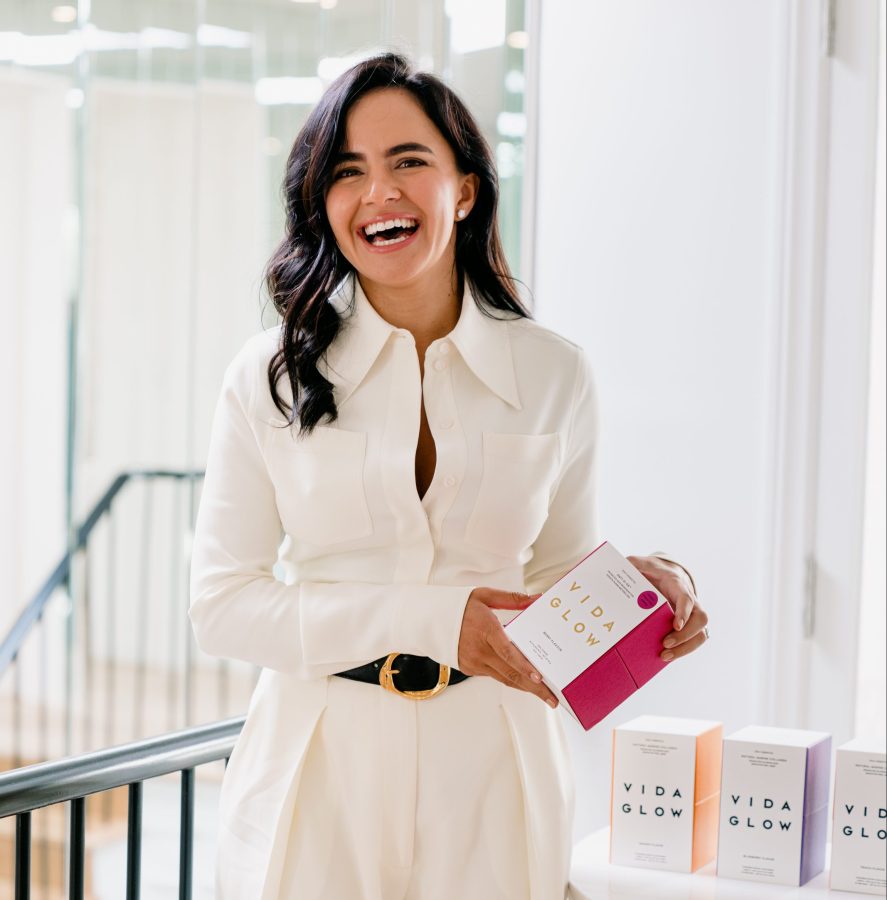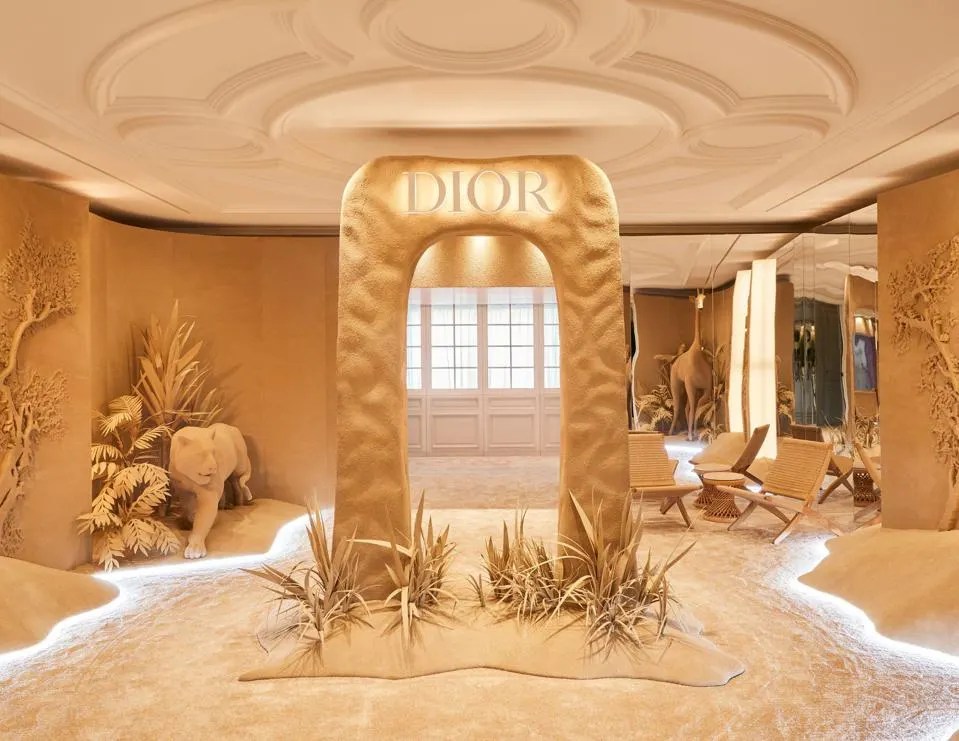Speaking at a press conference at VIVA Tech Paris on June 15 deputy CEO of L’Oréal Group, Barbara Lavernos, says hyper-personalisation is the next frontier for beauty companies, and hers is ahead of the rest.
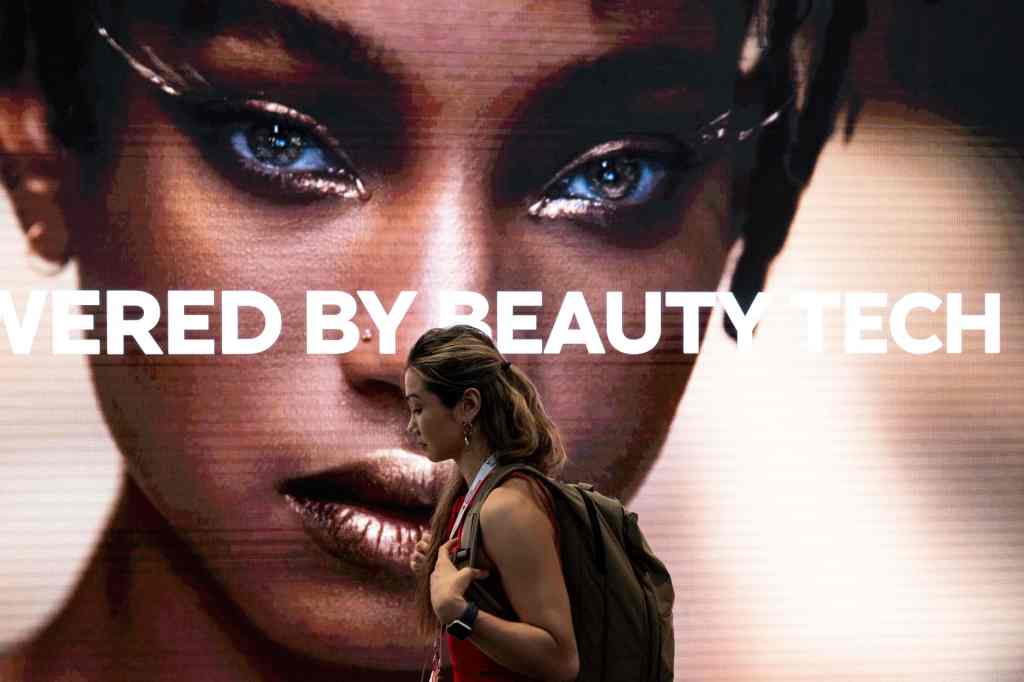
With more than a century behind its name and over 223 billion euro in the books, L’Oréal Group is the world’s biggest beauty company, but for all its size and history, this business is innovating at a speed you might expect from a start-up.
“That has always been in L’Oréal’s DNA,” deputy CEO and head of research and innovation at L’Oréal, Barbara Lavernos tells Forbes Australia. “We are in an industry where competition is formidable and there are so many big players, so while we have the power of a big corp, we need to act like a start-up.”
At the 2023 VIVA Tech conference in Paris, L’Oréal Group, which hosts more than 30 brands under its belt including Giorgio Armani, La Roche-Posay, Lancôme, Kérastase and as of April this year, Australian brand Aesop, unveiled a sling of new devices and initiatives that played into beauty’s newest battle ground: hyper-personalisation.
“Individuality has given way to extreme personalisation,”Lavernos says. And the customers are asking for it: “Year after year, consumers are looking for new experiences. In some ways we are lucky we have such demanding customers.”
Related
For example, Kérastase unveiled a new at-home hair diagnostics tool that uses three kinds of light to detect scalp problems and offer customers a personalised hair routine using Kérastase products as a solution. La Roche-Posay had a similar device for acne sufferers to identify the root cause of their skin problems – and then a La Roche-Posay care plan to fix it. Giorgio Armani launched an almost exact copy of that product. But this is the name of the game, and L’Oréal Group believes it’s the biggest player – though it has reason.
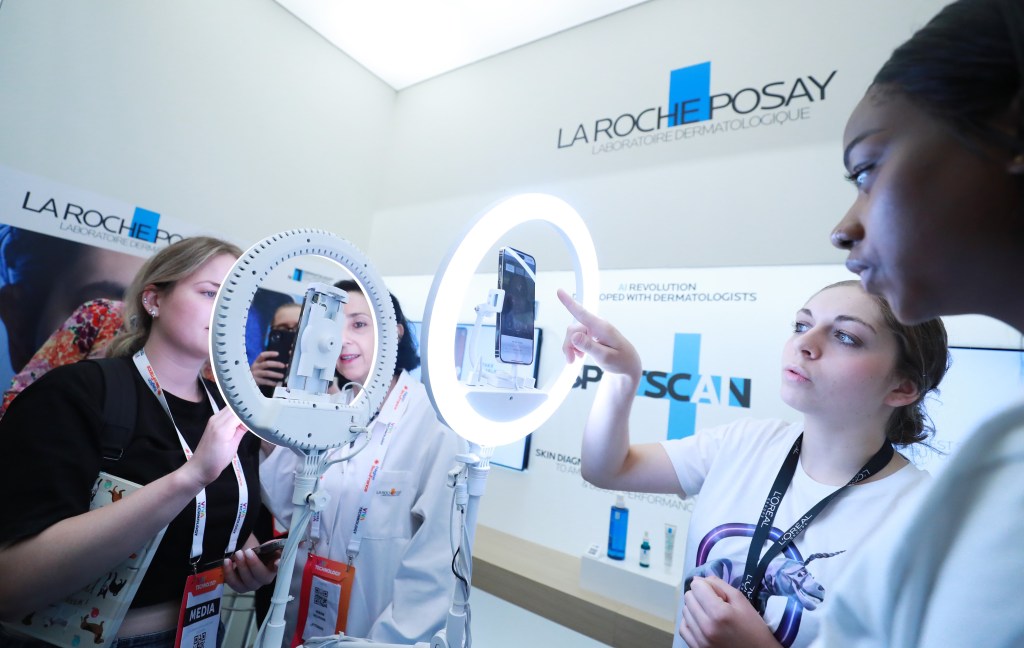
In the decade to 2022, Lavernos says L’Oréal Group invested 1 billion euro into beauty-tech. Then, it matched that investment in 2022 alone.
“It’s about the gold mine of our unequalled beauty database – the highest and the richest, when it comes to beauty, in the world,” Lavernos says.
“This treasure encompasses everything from ingredients to the science of hair and skin, beauty routines and consumer insights since the creation of our company more than a century ago. We have over 5,000 terabytes in our L’Oréal beauty-tech platform.”
It isn’t just the database though, it’s how you use it. L’Oréal Group’s hyper-personalisation and precision-tech can only be achieved with the help of generative artificial intelligence. Today, Lavernos says the company has more than 5,900 tech and data talent, from data scientists to data engineers (69% of whom are female).
I can tell you, truly, we are exposed to formidable algorithms sometimes and we are attracted by it. If they don’t – and sometimes they don’t – match our principles, then we won’t leverage them.”
Barbara Lavernos, deputy CEO, L’Oréal Group
“The accuracy of artificial intelligence is related to the accuracy of the data – full stop. We have the richest data of beauty on earth. Then, it’s about augmenting that data with AI. And here, we partner with the best companies and use the best data scientists to leverage that data,” she says.
“Artificial intelligence, to me, is becoming like electricity. It’s not anything special to get AI – there’s more power in nourishing AI with the most accurate data and then leveraging it with data scientists and data engineers.”
Lavernos also shakes off privacy and bias concerns – she says the company has an in-built “authority” that checks the company’s algorithm development at every step to ensure it’s on the right path. If an algorithm doesn’t suit the company’s authority, it won’t be accepted.
“I can tell you, truly, we are exposed to formidable algorithms sometimes and we are attracted by it. If they don’t – and sometimes they don’t – match our principles, then we won’t leverage them.”
The company’s new motto, “beauty for all and beauty for each” is also about accessible-tech. One of its newer innovations is the HAPTA, the world’s first hand-held computerised makeup applicator for those with hand mobility disorders, arthritis, Huntington’s Disease and stroke-sufferers. It’s a motion-stablising device that counteracts unintentional movements and keeps beauty products, like lipsticks and mascara, level.
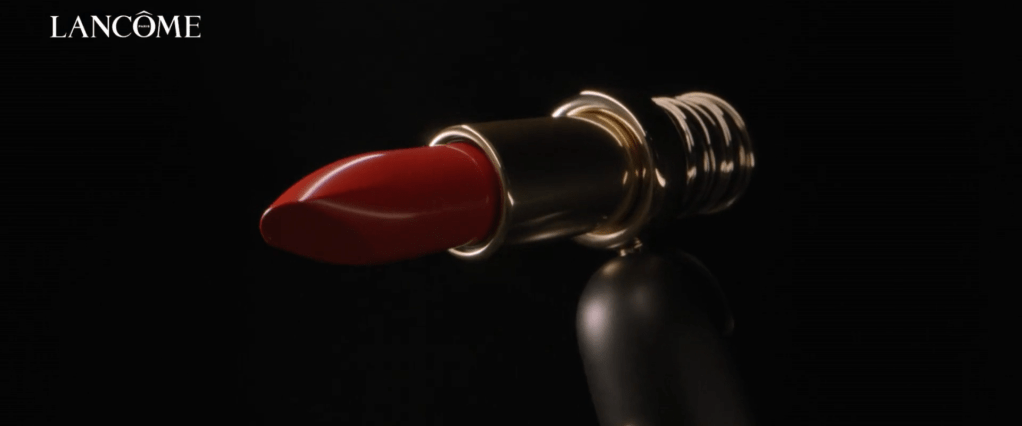
“Our job is to solve consumer tension,” Global Vice President of L’Oréal’s Technology Incubator, Guive Balooch, says. “If you go from the tech trend, you end up with the wrong solution. What I’ve realised thanks to being in the industry for a long time now, is you need to know what people need. And then you have to think, ‘Can I solve that need with technology?’ If you start with that, that’s how you create real value. 9 out of 10 women can’t get the right eyebrow look, 1 in 2 women can’t get the right shade of foundation. This is our three to five to 10 year cadence – thinking about tensions we want to solve.”
But new technology has presented itself as a major revenue-driver. Lavernos says new technology like digital try-ons drive consumers to brands and turn them into L’Oréal loyalists. Data shows the customer is seven times more likely to make a transaction at a point-of-sale assisted by technology. And 28% of all sales are now e-commerce related.
“There are many places for revenue related to tech. But it’s also a way for us to interact with more than a billion consumers on earth, with a dialogue that allows us to be in extreme, personalised care of them.”
Look back on the week that was with hand-picked articles from Australia and around the world. Sign up to the Forbes Australia newsletter here or become a member here.
